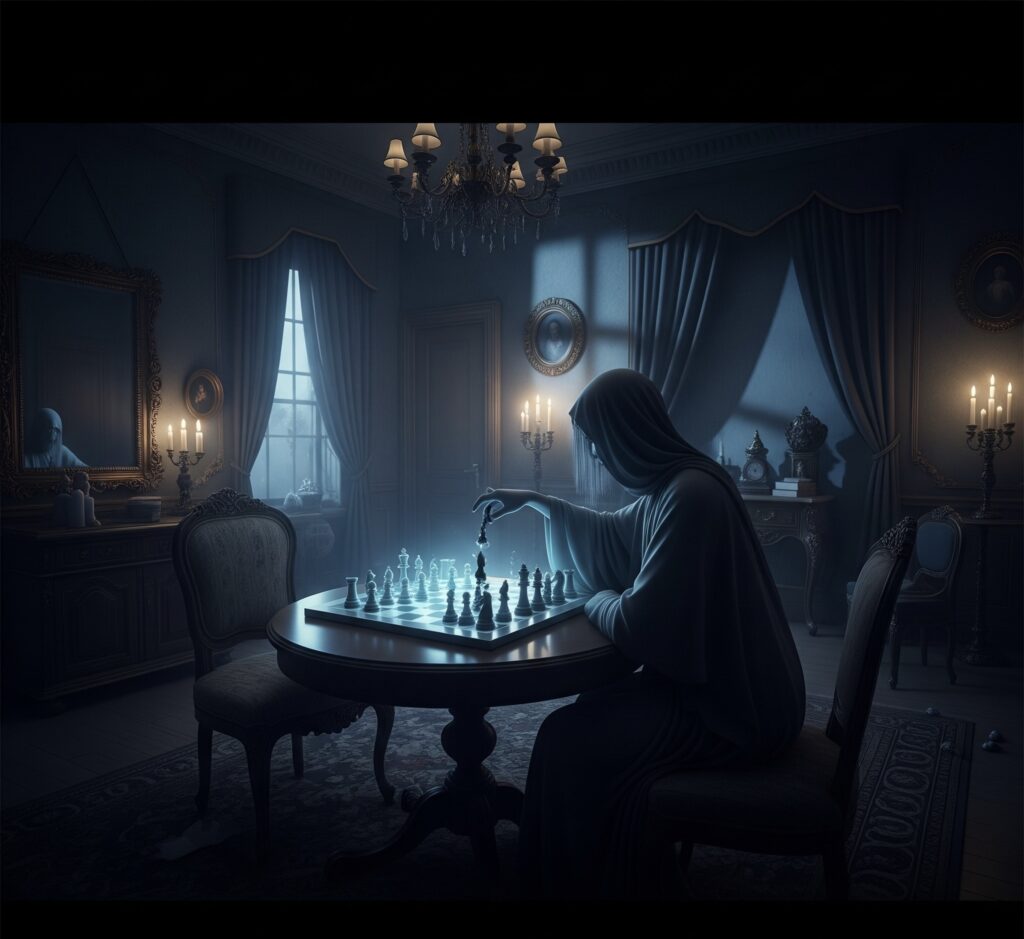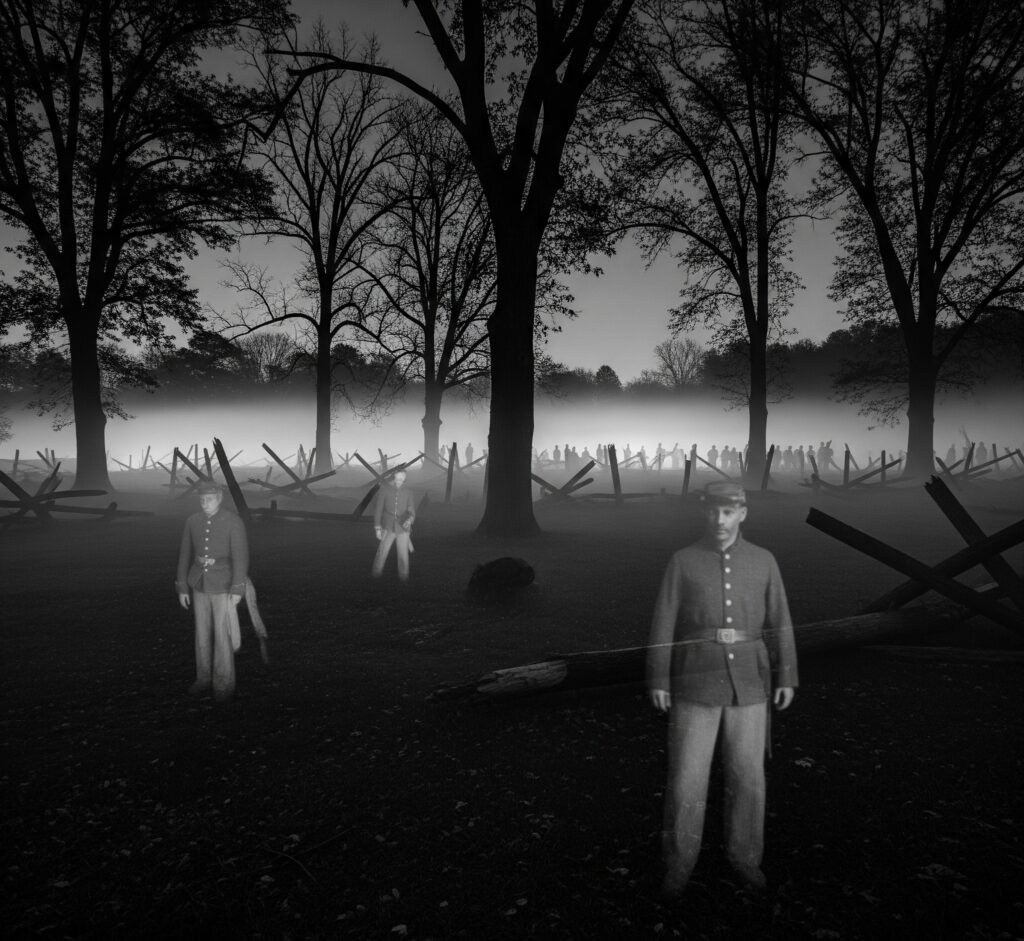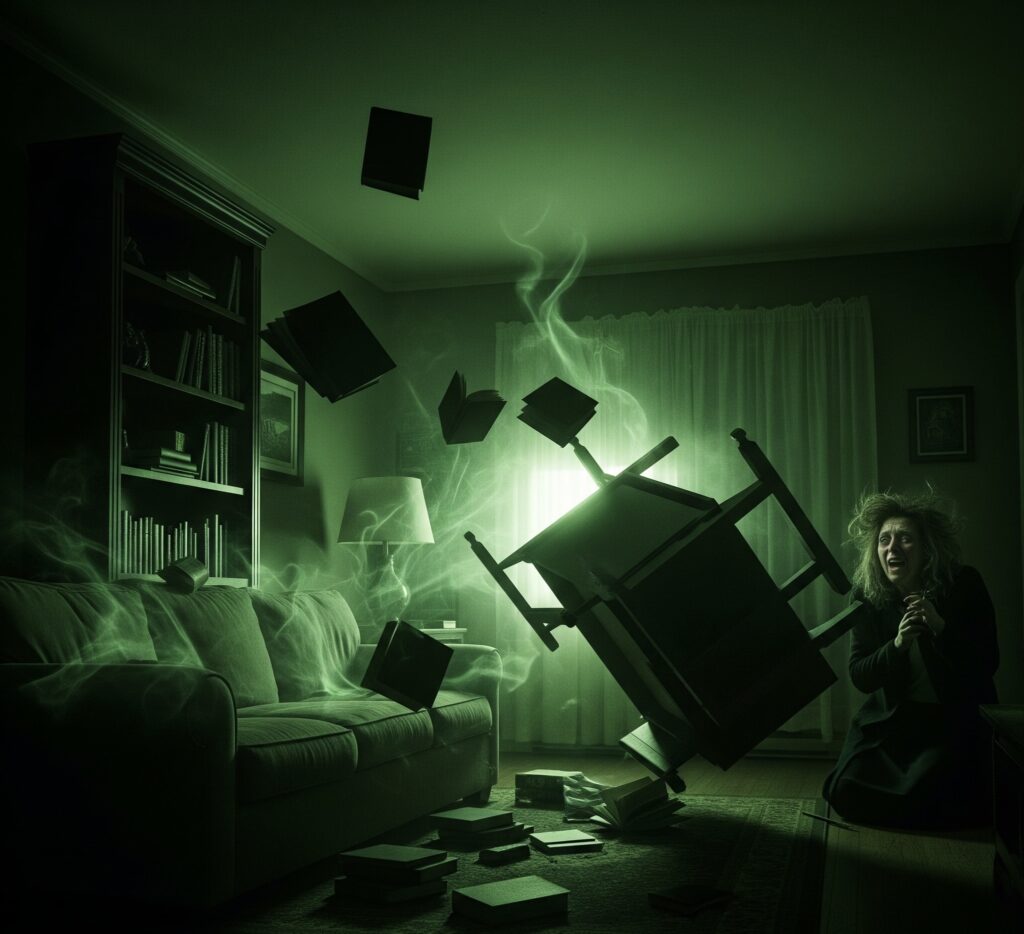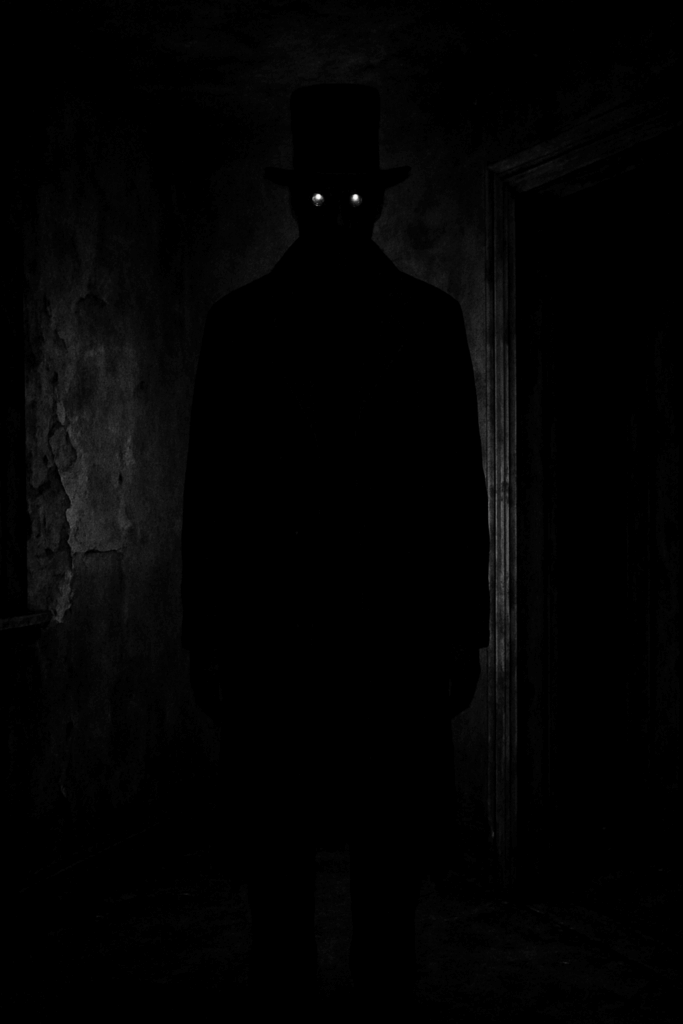The paranormal world is rich with accounts of hauntings—mysterious phenomena attributed to the presence of spirits, residual energy, or even non-human entities. Over centuries of folklore, investigation, and study, researchers and enthusiasts have categorized hauntings into distinct types based on their characteristics. Below is a detailed look at these categories, along with famous case studies that illustrate each type.
1. Intelligent (Interactive) Hauntings

Definition:
Also known as “classic” or “active” hauntings, intelligent hauntings involve spirits or entities that seem aware of their surroundings and capable of interaction. They often respond to questions, communicate through knocking, EVPs (electronic voice phenomena), or manipulate the environment.
Characteristics:
Responsive communication (knocks, voices, EMF spikes) Apparitions or shadows that react to human presence Changes in temperature or object movement connected to specific questions or requests
Case Study:
The Enfield Poltergeist (1977-1979) — In North London, the Hodgson family experienced knocking sounds, furniture movement, and disembodied voices that appeared to answer questions. The alleged spirit communicated directly with researchers and witnesses through raps and gruff vocalizations, making it one of the most studied cases of intelligent haunting.
2. Residual Hauntings

Definition:
Residual hauntings are often described as “recordings” of past events replaying in the environment. These apparitions or sounds appear unaware of the living and do not interact with observers.
Characteristics:
Phenomena repeat in patterns, often at the same time or location Apparitions pass through walls or repeat actions with no awareness of witnesses Generally considered non-intelligent and harmless
Case Study:
The Battle of Gettysburg — Many visitors and historians have reported seeing phantom soldiers marching across the fields of Gettysburg, Pennsylvania. These spectral re-enactments seem to be imprints of traumatic events from the Civil War rather than active spirits trying to communicate.
3. Poltergeist Activity

Definition:
Poltergeist (German for “noisy ghost”) hauntings are characterized by physical disturbances—loud bangs, moving objects, and other forms of chaotic activity. Some researchers believe poltergeist activity may be linked to subconscious psychokinetic energy from a living person, often an adolescent.
Characteristics:
Loud knocking, rapping, or objects thrown across rooms Sudden, violent outbursts of energy Tends to focus on a single person (the “agent”) and dissipate over time
Case Study:
The Rosenheim Poltergeist (1967) — In Rosenheim, Germany, a law office experienced electrical disturbances, exploding light bulbs, and moving furniture. Investigators, including physicists, observed and documented the events, which seemed to focus around a young secretary.
4. Shadow People

Definition:
Shadow people are dark, humanoid figures often seen out of the corner of one’s eye. Unlike traditional apparitions, they appear as opaque shadows, sometimes described as having red or glowing eyes.
Characteristics:
No discernible facial features Often fleeting and induce feelings of dread or fear Frequently reported at night or in dimly lit areas
Case Study:
The Hat Man Phenomenon — Across cultures, people report a dark figure wearing a brimmed hat, often standing near the bed at night. Reports of the Hat Man surged in the late 20th century, leading researchers to collect thousands of testimonies with similar descriptions.
5. Crisis Apparitions

Definition:
These apparitions appear to loved ones around the time of the spirit’s death or during life-threatening events. They are often seen across distances and typically appear only once.
Characteristics:
Occur at the moment of death or trauma Typically involve a message or farewell Witness often unaware the person has died
Case Study:
The Case of the Wreck of the HMS Eurydice (1878) — A sailor’s mother in Wales reported seeing her son standing in her room moments before news arrived that the Eurydice had sunk off the Isle of Wight with all hands lost, including her son.
6. Demonic (Inhuman) Hauntings

Definition:
Demonic or inhuman hauntings involve entities that have never lived as humans. They are often described as malevolent and manipulative, linked to physical attacks, oppressive atmospheres, or possession phenomena.
Characteristics:
Growling voices, foul odors Oppressive feelings of dread or hostility Physical scratches, attacks, or possession symptoms
Case Study:
The Amityville Horror (1975) — After moving into a house in Long Island where a gruesome mass murder had occurred, the Lutz family reported strange smells, cold spots, and violent mood swings, culminating in their fleeing the house after just 28 days. Though controversial, the case remains a famous example of purported demonic activity.
Conclusion
Hauntings come in many forms, from residual echoes of the past to intelligent entities seeking attention, chaotic poltergeist disturbances, and unsettling shadow figures. While skeptics argue for psychological or environmental explanations, countless case studies and centuries of human experience keep the debate alive, fueling the enduring mystery of what happens beyond the veil.
